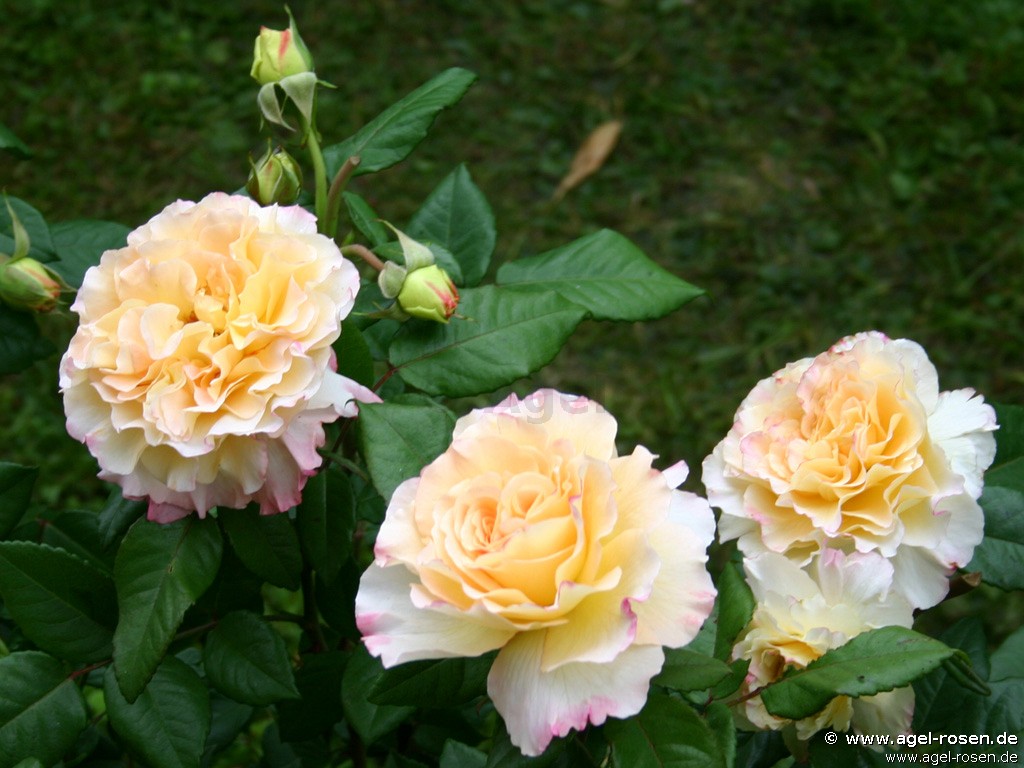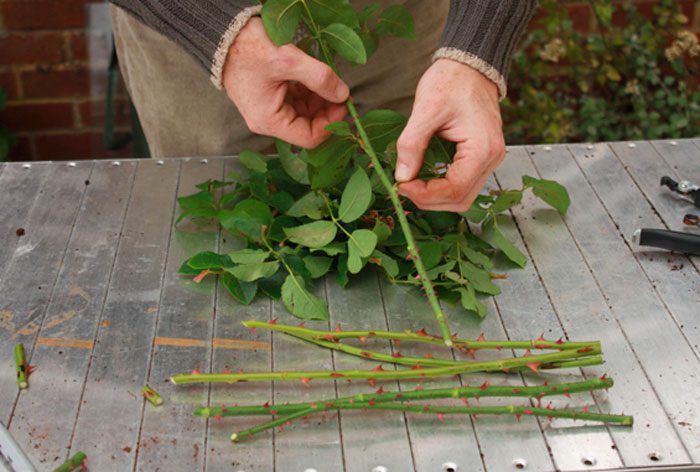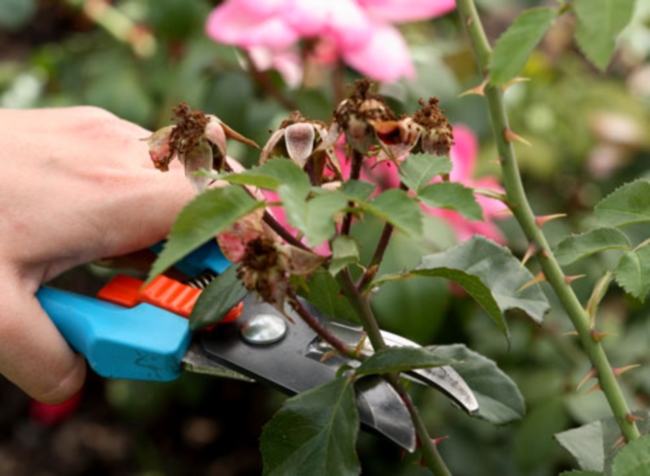Content:
Representatives of the pink rose varieties symbolize sophistication and elegance. Pink roses have long been considered a sacred culture and a gift from the gods. Thanks to the varied range of shades of roses, the beauty of other plants is emphasized when making bouquets. Today, there are more than 1000 varieties of this culture.
Description of pink roses
The inhabitants of Persia began to grow pink roses in the 5th millennium BC. Egyptians, Greeks and ancient Romans used a wonderful plant to decorate their gardens. Then breeders began to actively engage in the development of new varieties, different shapes and shades.
The main distinguishing features of a pink rose include the following:
- bushes reach medium size - from 0.5 to 1 m;
- straight and slightly branched shoots are decorated with dense dark green foliage, which has a leathery surface;
- the buds have a salmon pink tint, strong aroma and large size, their diameter is 8-9 cm;
- as for the buds, there can be 1-3 of them on one shoot.
Pink roses have repeatedly taken part in international exhibitions of garden and ornamental plants, winning prizes. The plant is capable of maintaining freshness over a long period of time, so it is great for cutting. Also, landscape designers use rose bushes to decorate garden and summer cottages.
Rose soft pink: varieties and their characteristics
Pink roses are a favorite and common variety among both experienced and novice gardeners. Among the wide variety of varieties are:
- Aquarell hybrid tea. It is a tall shrub with long stems. The shade of the buds can be either pale pink or bright red. The edges of the petals are dark pink. The flowering culture is profuse, lasts throughout the season.
- A variety called Aqua, distinguished by single and large inflorescences. The buds have an elongated classical shape and grow on long stems. As the buds open, their color changes from deep pink to white. The rose has an elegant look thanks to the petals, which after a certain period of time wrap around the edges.
- The Titanic pink rose variety has large buds, the diameter of which is 10-15 cm. The dark foliage acts as a background against which delicate pink inflorescences look spectacular. As for the inner petals of this plant, they are distinguished by a lighter shade and large size.
- Ambridge Rose. Each full bud can contain up to 100 petals. The flowers are in the shape of a pompom, and light double petals serve as protection for the delicate pink core of the plant. The height of the rose bush of this variety is 1 m, the width is at least 70 cm. As for the aroma, it is accompanied by pronounced notes of myrrh.
- The Queen Anne variety, which was bred by breeders relatively recently. Rose bushes are low and climbing, on the shoots there are single flowers, which have a huge number of petals and large buds. In the process of blooming, the pale pink shade of flowers does not change and does not fade under the influence of sunlight.
Basic principles of agricultural technology
In order to achieve a lush and long-lasting flowering of a pink rose, it is necessary to take a responsible approach to the choice of planting material. First of all, due attention should be paid to the external condition of the seedlings.
The cuttings must have healthy and vibrant buds. You need to feel the earthy clod on the roots of the seedlings - it should be slightly moistened. If there are no spots on the foliage, it is green and alive, then you can safely buy such seedlings.
Pink roses are lovers of a fertile, soft and loose substrate. As for the soil acidity index (pH), it should be 6-7 units. It is strictly forbidden to plant plants in the garden, where similar varieties have grown over the past 10 years. Rose bushes devastate the soil, which is why pathogenic microflora is formed.
Before planting, seedlings need to be prepared: cut the root system with a secateurs if it is too long, and also remove dry roots. If spring planting is planned, then the stems should be shortened to at least 35 cm, while 4 buds should remain on the surface. For 3 hours, the roots of the seedlings must be soaked in a container with water.
If clay soil predominates on the bed, a mixture of leaf compost with river sand should act as drainage for the planting pit. As for the step-by-step algorithm for planting rose seedlings, it looks like this:
- It is necessary to dig a planting hole, the depth of which should be 3 times the size of the root system together with an earthen lump. The bottom should be well loosened with a rake.
- Cuttings should be buried at a level of 5 cm in order to exceed the place where they were grafted. The extracted soil must be mixed with humus in a ratio of 1: 3, and then add pure wood ash.
- The space in the pit, which remains free, should be carefully covered with earth, and the surface should be well compacted.
- The final step in planting a pink rose is to hydrate the plant abundantly. To prevent water spreading, it is recommended to make a furrow around the entire perimeter.
Further care of the pink rose
In order for the flower culture to fully develop and bloom profusely, it must be surrounded with care and proper care. After planting in open ground, you need to water the seedlings once a week - so the soil will be soaked to a depth of about 25 cm. With irregular watering, surface roots form, which will be damaged during the subsequent loosening.
Pruning the plant is a key element in overall maintenance. With the onset of spring, formative pruning is performed, and in the summer, foliage that has wilted or has been damaged by diseases is removed. In the second half of autumn, it is necessary to cut off dried and damaged branches, and treat the cuts with charcoal. Before the onset of winter cold, stems and shoots that have become weakened are also cut off.
Some gardeners completely plant pink rose seedlings, while others plant perennial flowering plants or low-growing shrubs nearby.Thanks to the variety of varieties that differ in the shape of the bushes and the shade of the buds, you can create a beautiful composition on your garden plot that will harmoniously merge with the overall picture of the estate.
















